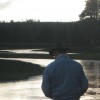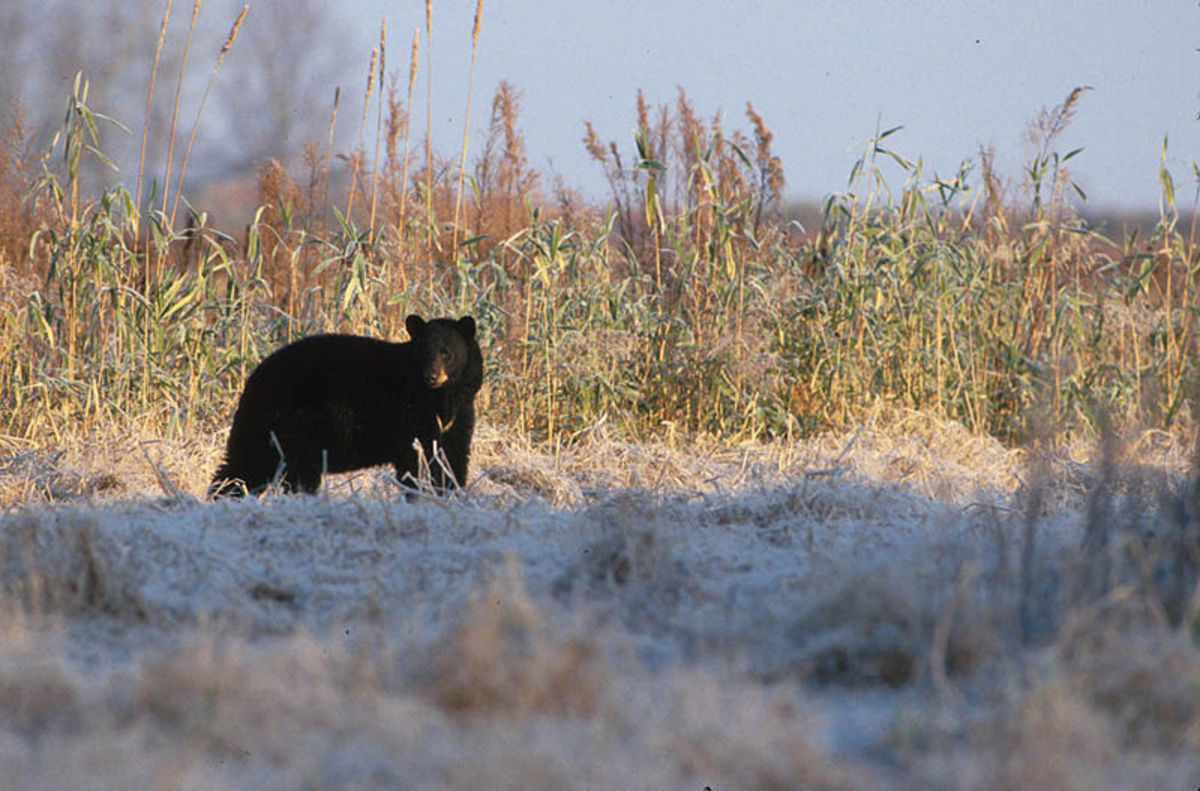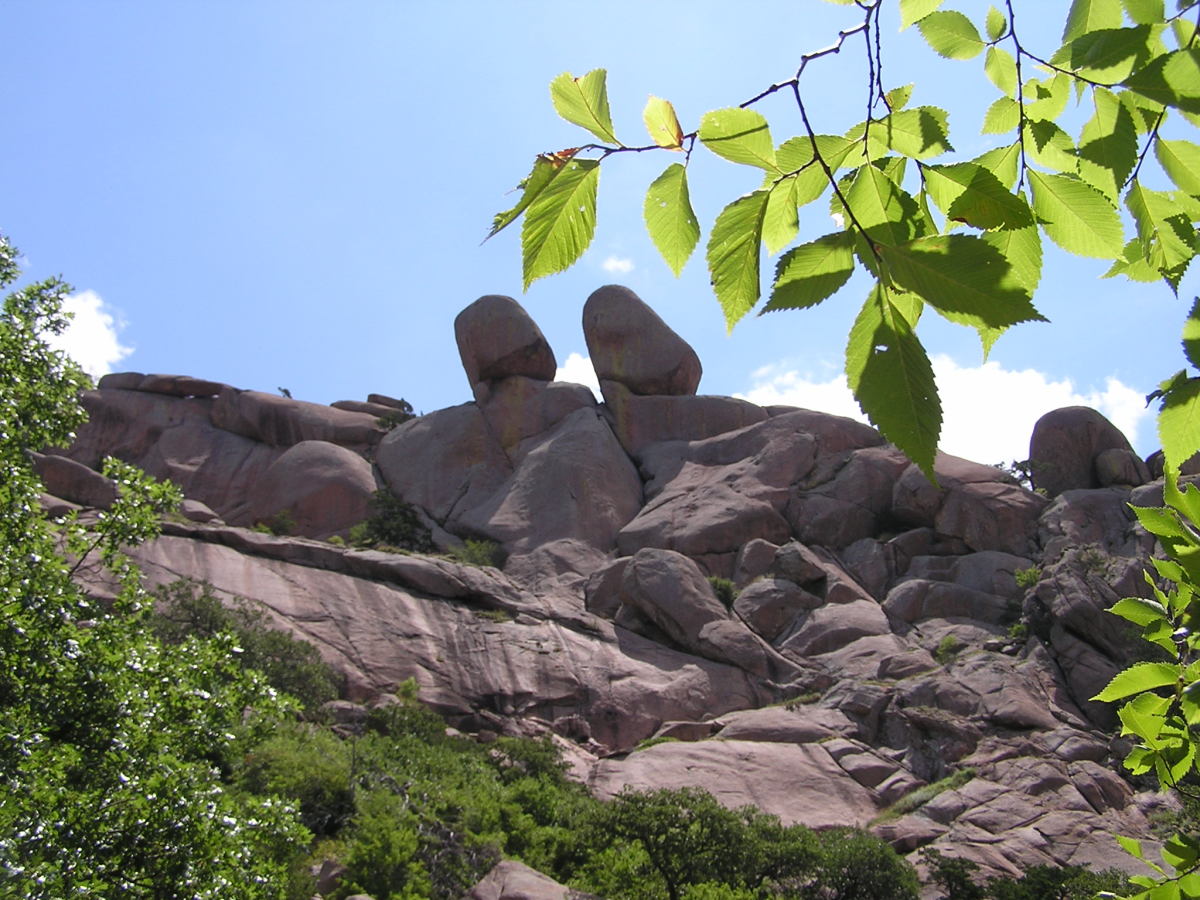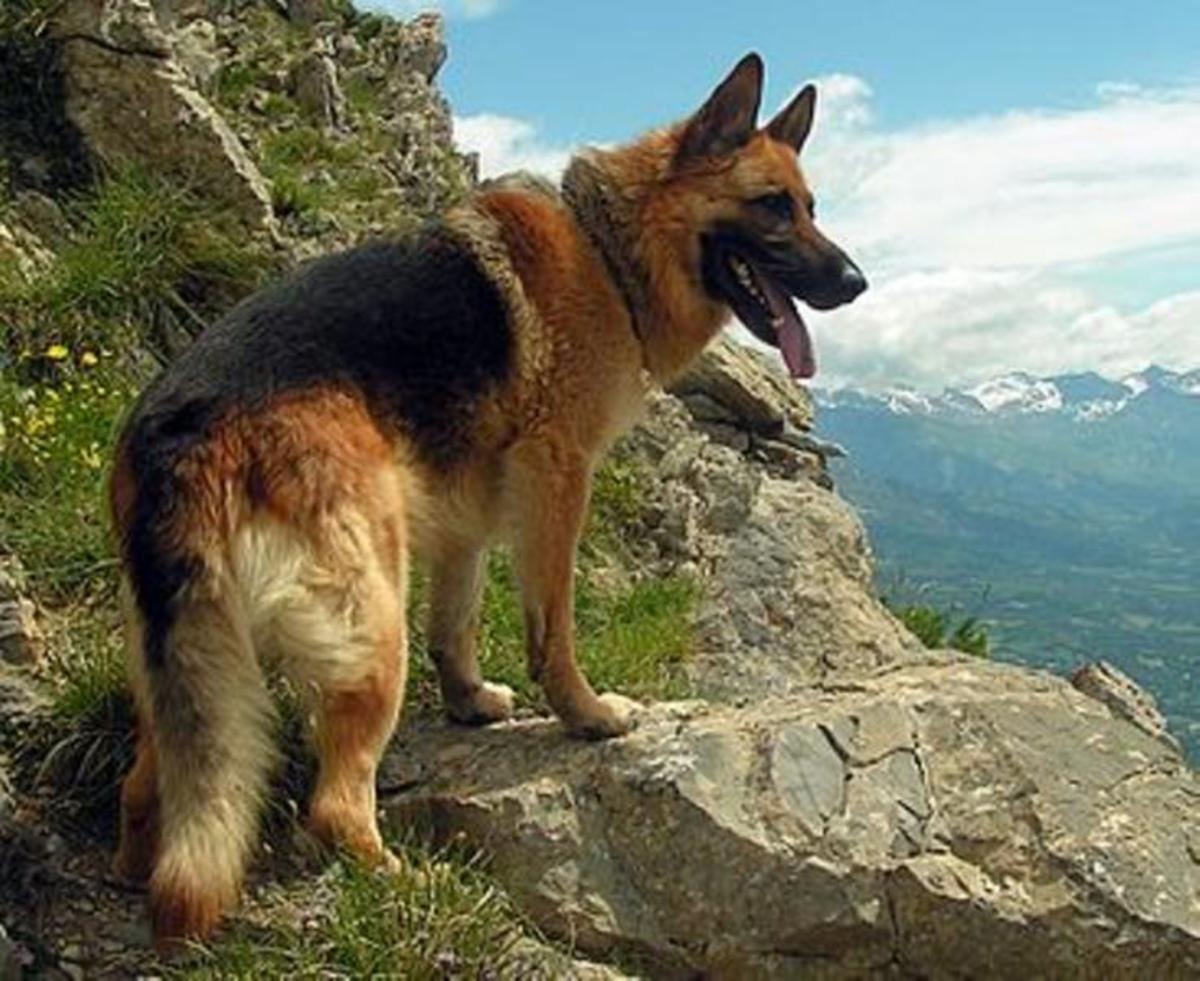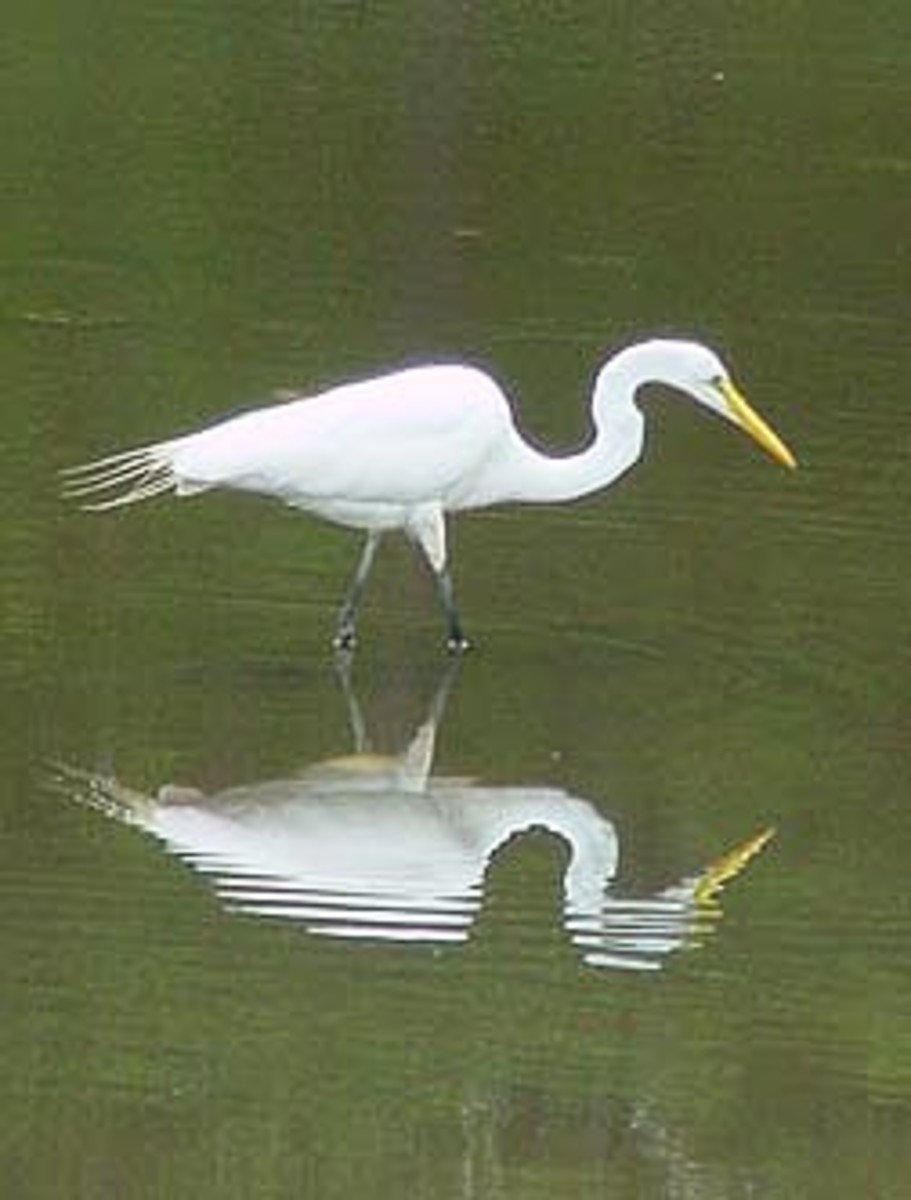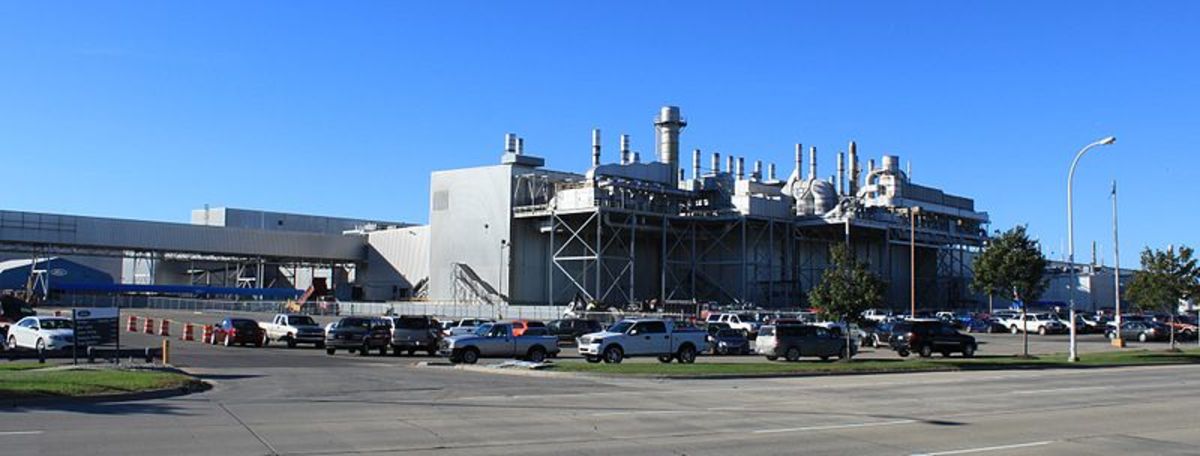Big Oil in Alaska: The Arctic National Wildlife Refuge... ANWR
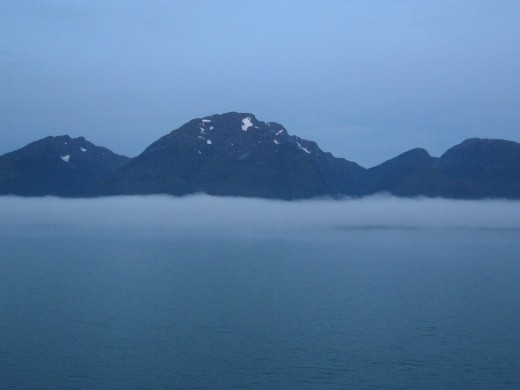
The Arctic National Wildlife Refuge
Are you familiar with the Beaufort Sea? Have you heard of a place called Kaktovik? Does the word "Inupiat" remind you of anything you may have heard as a child? Do porcupine caribou mean life or death to you? Average answers amount to a collective "No... not really."
Despite the general lack of connection with them, these terms along with others are tied with unbreakable bonds to a place on Earth so significant that decades of debate have amounted to a stalemate between lawmaking, economy making/breaking and nature conserving interests.
They all are considered in a piece of American legislation called ANILCA-- the Alaska National Interest Lands Conservation Act of 1980. Development versus conservation. That's what it's all about. The words National Interest are at the heart of the debate. Who holds the honor of defining and dictating National Interest? Who mandates "development" and "conservation"? What value does any of this debate hold in comparison to the widest edges of the world map and the yellowest pages of the history books?
All questions that Americans should both individually and collectively answer soon... for the sake of a stable future.
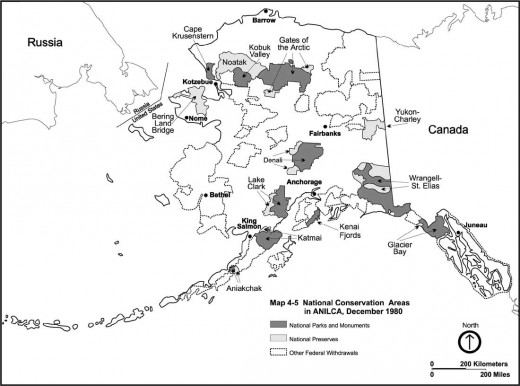
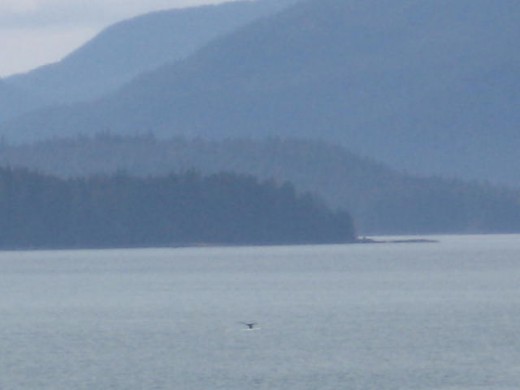
It may be a surprise to many that most of the Arctic National Wildlife Refuge is designated Wilderness and is not in danger of development. In the Alaska National Interest Lands Conservation Act of 1980 Congress and President Carter set aside approximately 104 million acres of land (an area larger than California) for protection; doubled the size of the country's National Park System; established twenty-five Wild-and-Scenic Rivers; expanded the Alaska National Wildlife Range (established in 1960) from 10.5 million acres to 19.6 million acres; designated most of the original 10.5 million acres as wilderness area; renamed the entire region as the Arctic National Wildlife Refuge ; and directed the Secretary of the Department of the Interior to study 1.5 million acres of the coastal plain (designated a minimal management area) for possible petroleum and gas development. The secretary's mandated report on the acreage most commonly called the "1002 area" was to be presented to Congress by December 2, 1988.
The report was actually delivered in 1987, and a battle has raged on ever since. See a summary of ANILCA . See a copy of the Interior Secretary's report to Congress in the Coastal Plain Resource Assessment and Legislative Environmental Impact Statement.
The Secretary's assessment included estimates that equaled or exceeded oil production from the nearby Prudhoe Bay oil field. The report described the 1002 area as "The nation's best single opportunity to increase significantly domestic oil production over the next 40 years. It is rated by geologists as "the most outstanding petroleum exploration target in the onshore United States." The Secretary goes on to mention the "serious implications" of our growing dependence on oil imports and OPEC. Included in the report were the potential environmental consequences of development in the 1002 Area, and recommendations for environmental safeguards and for carefully organized leasing procedures. Because production would not be expected for 10 to 15 years after approval, immediate leasing of the entire 1.5 million acres was proposed. That recommendation was made in 1987; and because development can only proceed if directed by an Act of Congress, this issue is not likely to conclude in unanimous appreciation.
Important Reading:
Caribou
Fine Print in the Snow
From the mountain of text that is a government study or report, one reader will glean something different from another. Porcupine carabou show a preference for calving on 5.4% of the 1002 area. The secretary followed that observation with examples of other caribou herds that have apparently accepted development. He stated that the potential effects of oil and gas activities on muskoxen are "unknown"; however, in the same sentance he reports that biologists predict that major effects could be (1) substantial displacement from habitat and (2) a slowing of the herd's growth rate.
Regarding the native village of Kaktovik, the Interior Secretary concede's "potential major effects". He then assures Congress that the Interior Department is committed to working with the village to minimize the effects on subsistence activities.
The report also describes "alternative energy sources in lieu of development of the 1002 area"; however it concludes that section by pointing out the deficiencies in each of those alternatives.
Muskox
The Recommendation
The Interior Secretary's report gave to Congress exactly the recommendation it was looking for when it mandated the study in Anilca in 1980. Congress, however, had changed. The country and the world had changed. A swift Act of Congress may never happen again. A consensus on this topic surely won't happen any time soon.
This debate has reopened again recently with the passage of the Tax Reform Bill of 2017. The 1002 area was cleared to open for exploration at that time. Consensus, however was far from achieved.
Consider this option:
As exploration moves forward, people have an opportunity to "steward the greatest good for the greatest number of people". But not necessarily by opening the 1002 area to full development. Afterall, the U.S. has achieved energy independence from OPEC without it.
Instead, this may be the perfect time to mandate simultaneous research and development in the alternative energy that will be necessary to carry mankind into the long term. Drilling in ANWR would be a 40-year temporary fix at best under full-development. Let's not cripple the future in that 40 years.
